Join us in creating a future where adversity does not define destiny.
Join us in creating a future where adversity does not define destiny.
Join us in creating a future where adversity does not define destiny.
Join us in creating a future where adversity does not define destiny.
Join us in creating a future where adversity does not define destiny.
Join us in creating a future where adversity does not define destiny.
Join us in creating a future where adversity does not define destiny.
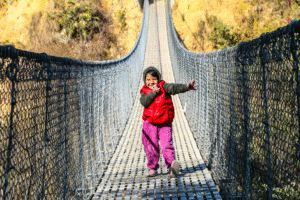
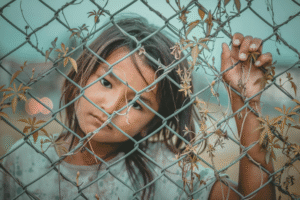
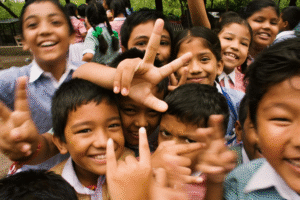
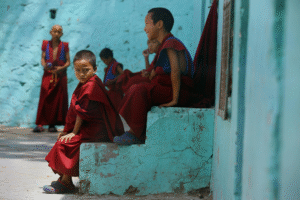
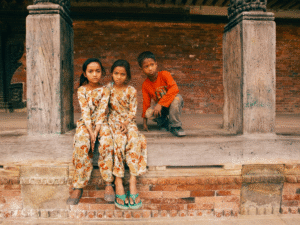
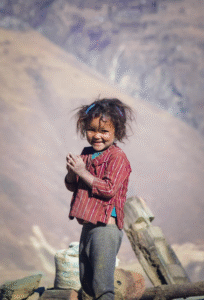
of rescued child laborers experienced maltreatment.
emotional abuse rates among affected youth.
of earthquake-affected youth show post-traumatic stress symptoms
Child maltreatment is a significant issue in Nepal, with studies reporting high prevalence rates. Physical punishment affects approximately 50% of children (Kandel et al., 2017), while emotional abuse rates reach 77.3% (Atteraya et al., 2018).
Risk factors for child maltreatment include lower education levels, lower household wealth, and beliefs justifying physical punishment (Atteraya et al., 2018; Kandel et al., 2017).
Child abuse awareness among mothers is moderate, with 49.1% having moderately adequate knowledge (Mishra & Bhattarai, 2019).
72% of rescued child labourers experienced some form of maltreatment (Dhakal et al., 2019), while 88.88% of public secondary school students reported at least one form of abuse (Neupane et al., 2018).
Anxiety disorders and trauma symptoms were common among maltreated youth (Dhakal et al., 2019), and emotional and behavioural problems were prevalent in school children (Chaulagain et al., 2019).
Prevalence of mental health problems in Nepalese children and adolescents varies widely, with estimates ranging from 10.7% to 51% for post-traumatic stress symptoms in earthquake-affected youth (Chaulagain et al., 2019).
Former child soldiers show elevated rates of posttraumatic stress symptoms, though psychological resilience can buffer these effects (Kohrt et al., 2016).
Recommendations for improving child protection data include developing a national information system and ensuring comparable definitions across data sources (Bhatia et al., 2019).
More research needed as majority of the cases of child physical and sexual abuse remains underreported.
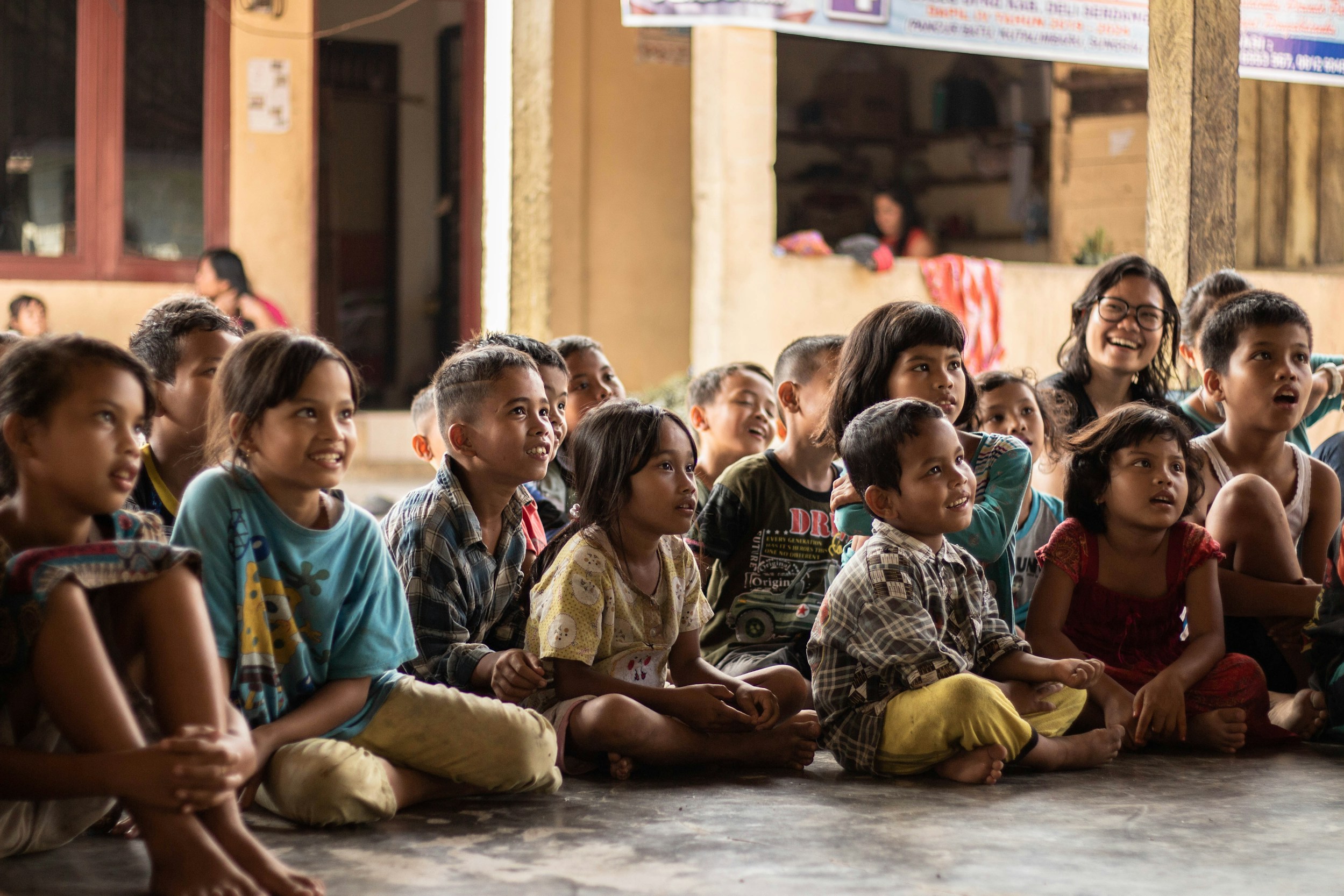













HIRRI (Health Inequality and Resilience Research Institute) is a public health initiative focused on understanding and addressing the impact of childhood adversity and promoting resilience in Nepalese communities.
Adverse Childhood Experiences (ACEs) include abuse, neglect, and household dysfunction. These early traumas can lead to long-term physical and mental health issues.
This age group represents emerging adulthood which is a crucial period of transition marked by big life changes like finishing school, starting work, and forming relationships. Mental health issues often first appear during these years, especially among those with childhood adversity.
Studying ACEs in 15–29-year-olds helps us:
Understand how early trauma affects young adults.
Identify risks for mental health conditions like anxiety and depression.
Design timely interventions and support systems.
Break cycles of trauma before they impact future generations.
HIRRI works with local partners to ensure culturally sensitive and ethical research. We use surveys, interviews, and focus groups to study ACEs, mental health, and resilience among the emerging adults. Findings are used to inform policies, programs, and community education to reduce health inequalities.
HIRRI combines scientific research with community involvement, focusing not only on the harms of childhood adversity but also on resilience and solutions that are culturally and contextually relevant to Nepal.
You can support HIRRI by volunteering, donating, attending events, or spreading awareness. Visit the website’s “Get Involved” section for more information.
